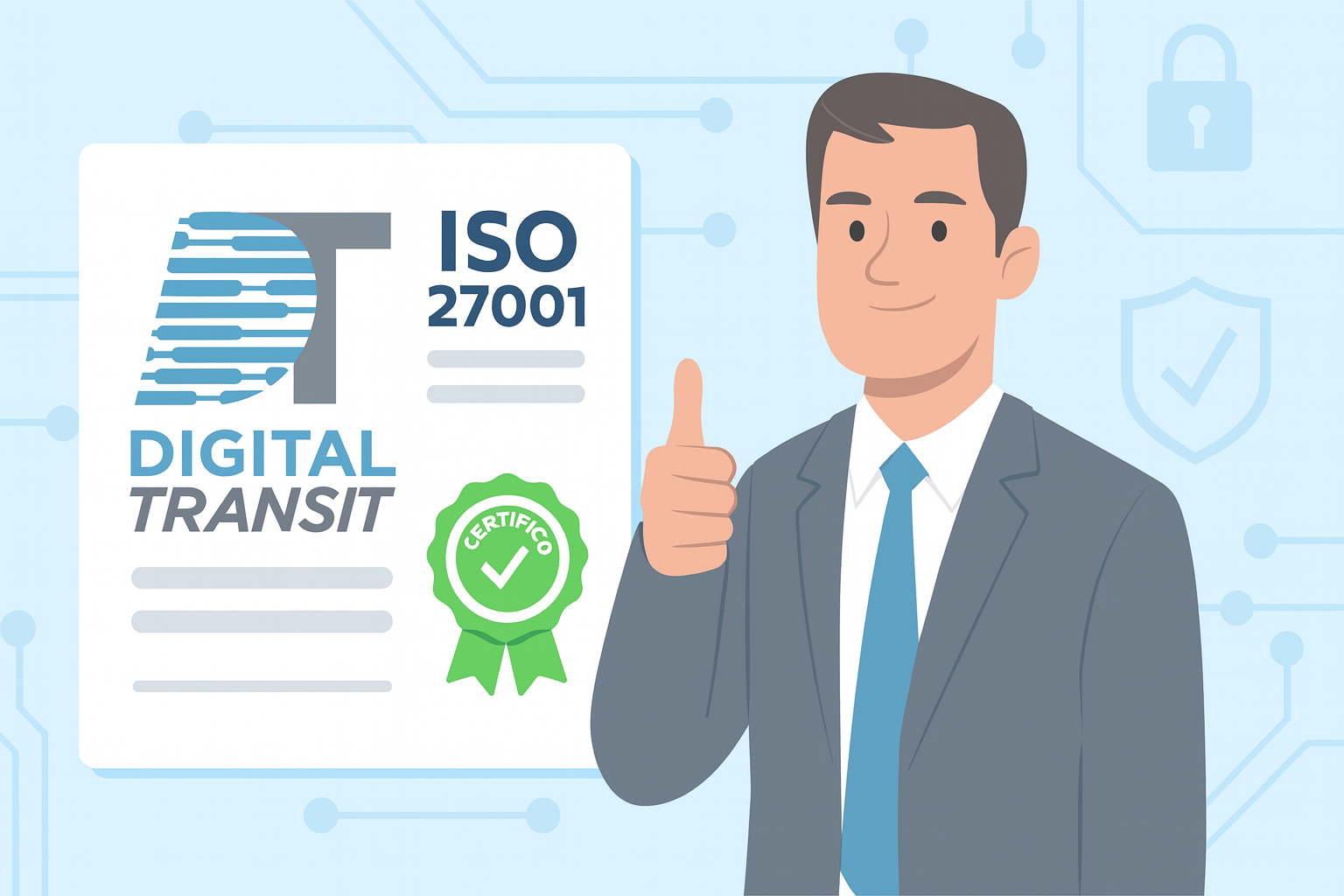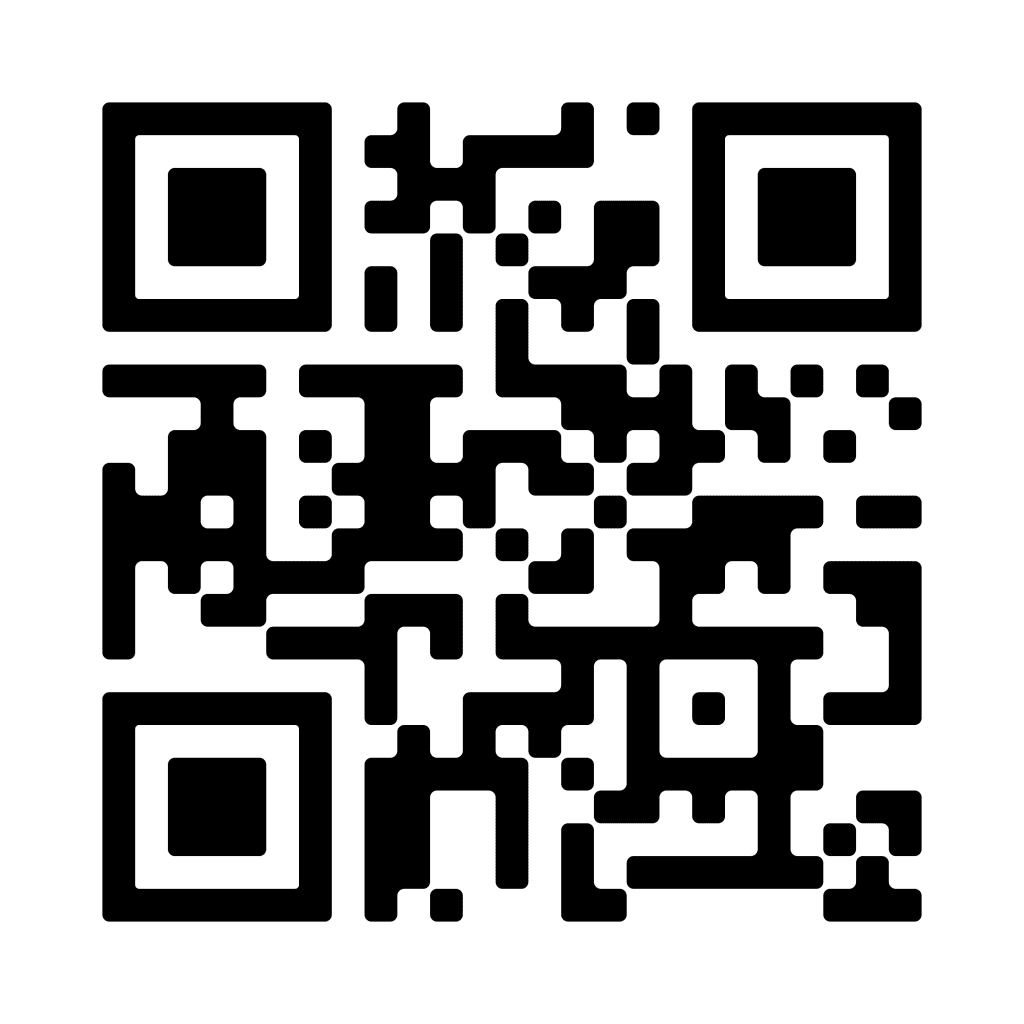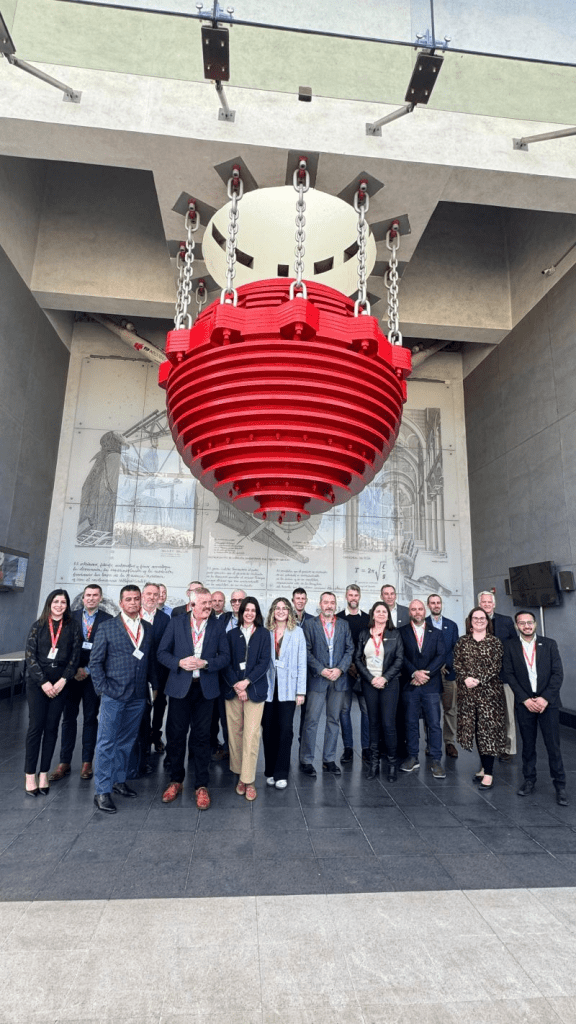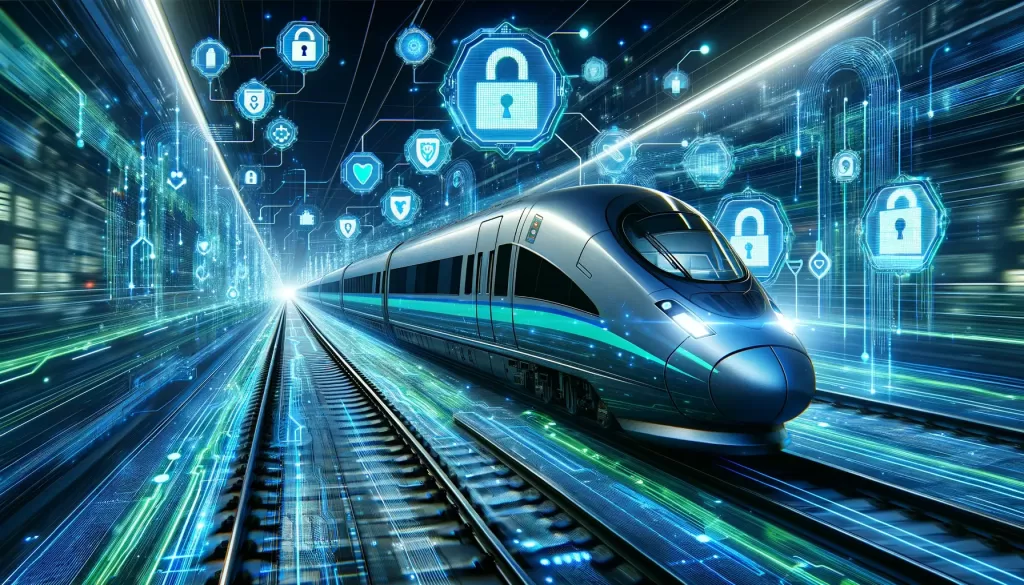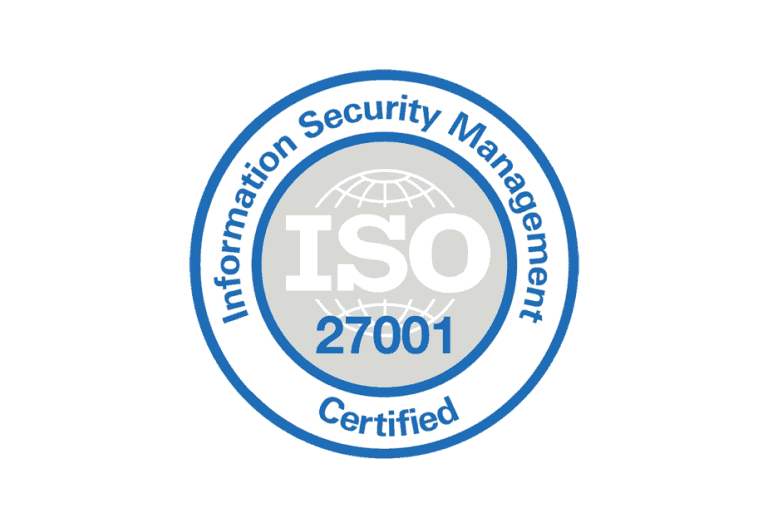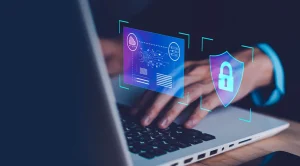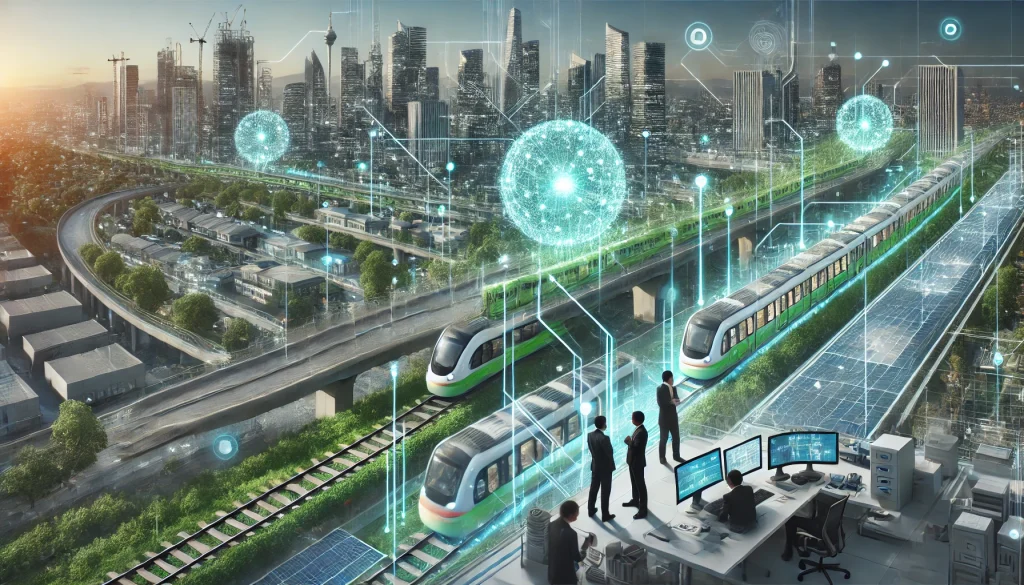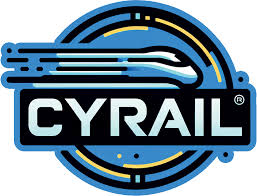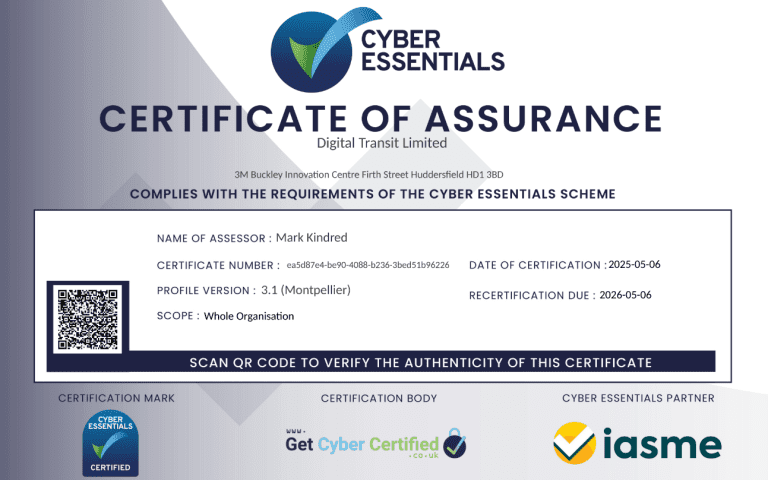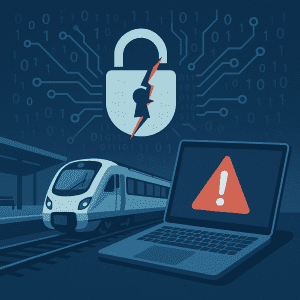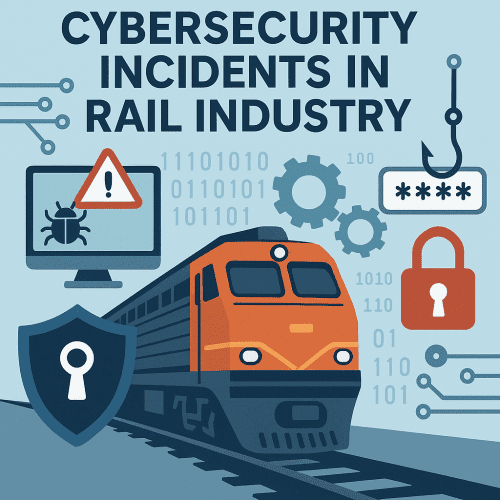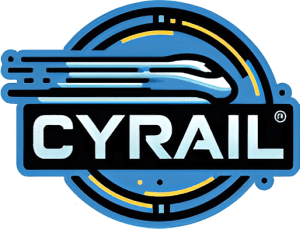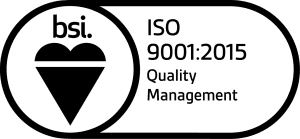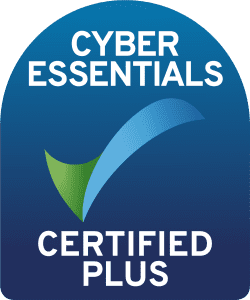Building Trust and Security: Why ISO 27001 Certification Matters for DTL and CyRail
In our previous blog, we celebrated DTL achieving Cyber Essentials Certification for the fourth year running – a testament to our commitment to cybersecurity fundamentals. But to take our security maturity to the next level, especially for advanced solutions like CyRail, we’re now focusing on aligning with the internationally recognized ISO/IEC 27001 standard.

Why ISO27001 matters to DTL?
ISO 27001 is the leading global framework for information security management. It sets out the requirements for establishing, implementing, operating, monitoring, reviewing, maintaining, and continually improving an Information Security Management System (ISMS). Attaining this certification demonstrates that an organization’s security practices are aligned with global best practices and committed to systematic risk management.
At DTL, where we design and develop advanced solutions like CyRail to protect Operational Technology in the rail sector, ISO 27001 represents a critical next step in our cybersecurity journey. With infrastructure spanning both cloud and on-premises systems, we recognize the need for a unified, robust approach to information security. As we work towards ISO 27001 certification, we are strengthening our ability to proactively manage risk, secure sensitive data, and meet evolving industry and regulatory expectations. For a product like CyRail – which uses AI to analyze threats, automate compliance, and support cybersecurity professionals – this level of assurance is vital.
Customer and Partner Benefits
For our customers, achieving ISO 27001 will offer peace of mind – knowing that their sensitive operational data is managed according to internationally recognized standards. For our partners, it signals that DTL is a dependable, security-conscious organization capable of supporting complex, compliance-driven projects in critical infrastructure sectors like rail.
Share:
Linkedin
Envelope
Introduction
In today’s digital rail environment, cybersecurity is no longer optional. With critical data and infrastructure under constant threat, ISO 27001 provides a proven framework for protecting information and meeting key compliance requirements such as GDPR and NIS. For DTL, aligning with this standard reinforces our commitment to security best practices across our hybrid infrastructure. It also forms the foundation for trusted solutions like CyRail AI – our intelligent assistant designed to help rail operators navigate regulations and respond to threats confidently and securely.

Why ISO 27001 Matters for DTL and CyRail
Delivering CyRail means taking on the responsibility of securing complex, sensitive operational data. ISO 27001 helps ensure that information security is not just an IT concern, but a company-wide priority, championed by senior leadership. As we embed this framework, we’re cultivating a security-first culture where everyone at DTL understands their role in safeguarding the digital rail ecosystem. This culture will ultimately strengthen trust in CyRail’s ability to deliver on its promise of resilience and compliance.
Embedding a Culture of Security
Achieving ISO 27001 is not the end goal – it’s part of a broader journey. We believe security should be woven into every aspect of our operations, not siloed. That’s why we’re investing in security awareness across teams and ensuring all staff are equipped with the knowledge and tools to uphold best practices. Through regular internal training and clear, actionable policies, we’re fostering a workplace where cybersecurity is a shared responsibility.
Securing CyRail through Strong Governance and Continuous Improvement
To meet ISO 27001 standards, we are conducting a comprehensive, organization-specific risk assessment. This helps us identify, understand, and prioritize risks relevant to CyRail’s unique operating environment. It also guides the selection and implementation of security controls that reflect our risk appetite and compliance obligations.
Documenting our ISMS is a core part of this process. While challenging, we are intentionally developing this documentation in-house to build deep knowledge and ownership of our security approach. We’re also adopting the Plan-Do-Check-Act (PDCA) model – a continual improvement cycle that ensures our controls remain effective and adapt to the fast-changing cyber landscape.
Incorporating ISO 27017 and ISO 27018 at DTL for CyRail
ISO 27017 – Cloud Security Controls
Given CyRail’s ability to operate across cloud and on-premise environments, we are also aligning with ISO 27017, which addresses cloud-specific risks. This helps us define stronger controls for secure data management, access control, and cloud service agreements – all of which are essential for maintaining security in distributed infrastructure.
ISO 27018 – Protection of Personal Data in the Cloud
Because CyRail may also process sensitive and personally identifiable information (PII), ISO 27018 is guiding our efforts to protect privacy in cloud environments. By incorporating its principles – such as data minimization, transparency, and access accountability – we ensure that CyRail upholds both user privacy and regulatory expectations.
Alignment with Other Standards
While ISO 27001 forms the foundation of our ISMS, we are thinking beyond it. We’re also adopting ISO 27017 and 27018 to address cloud security and privacy needs. In addition, we’re preparing for future compliance demands, such as the NIS2 Directive and IEC 63452, to ensure CyRail is ready for what’s ahead. This future-forward approach positions us not just to meet the standard – but to exceed it.
The Bigger Picture: ISO 27001 as a Foundation for Trust and Innovation
In today’s regulatory and security-conscious landscape, ISO 27001 is more than a technical goal – it’s a business enabler. Many government and enterprise contracts now require this level of assurance. For DTL, pursuing this certification opens the door to new markets, meets rigorous procurement criteria, and sends a clear message: information security isn’t just a checkbox – it’s a core company value.
By aligning with ISO 27001 and related standards, we’re demonstrating that CyRail is built on a strong, risk-based security foundation – one governed by clear policies, led by trained professionals, and continuously improved. As the rail industry continues its digital transformation, DTL is ready to lead securely and responsibly.

Contact
Digital Transit Limited
Website
www.digitaltransit.co.uk
Email
info@digitaltransit.co.uk
Subscribe to receive new blogs
